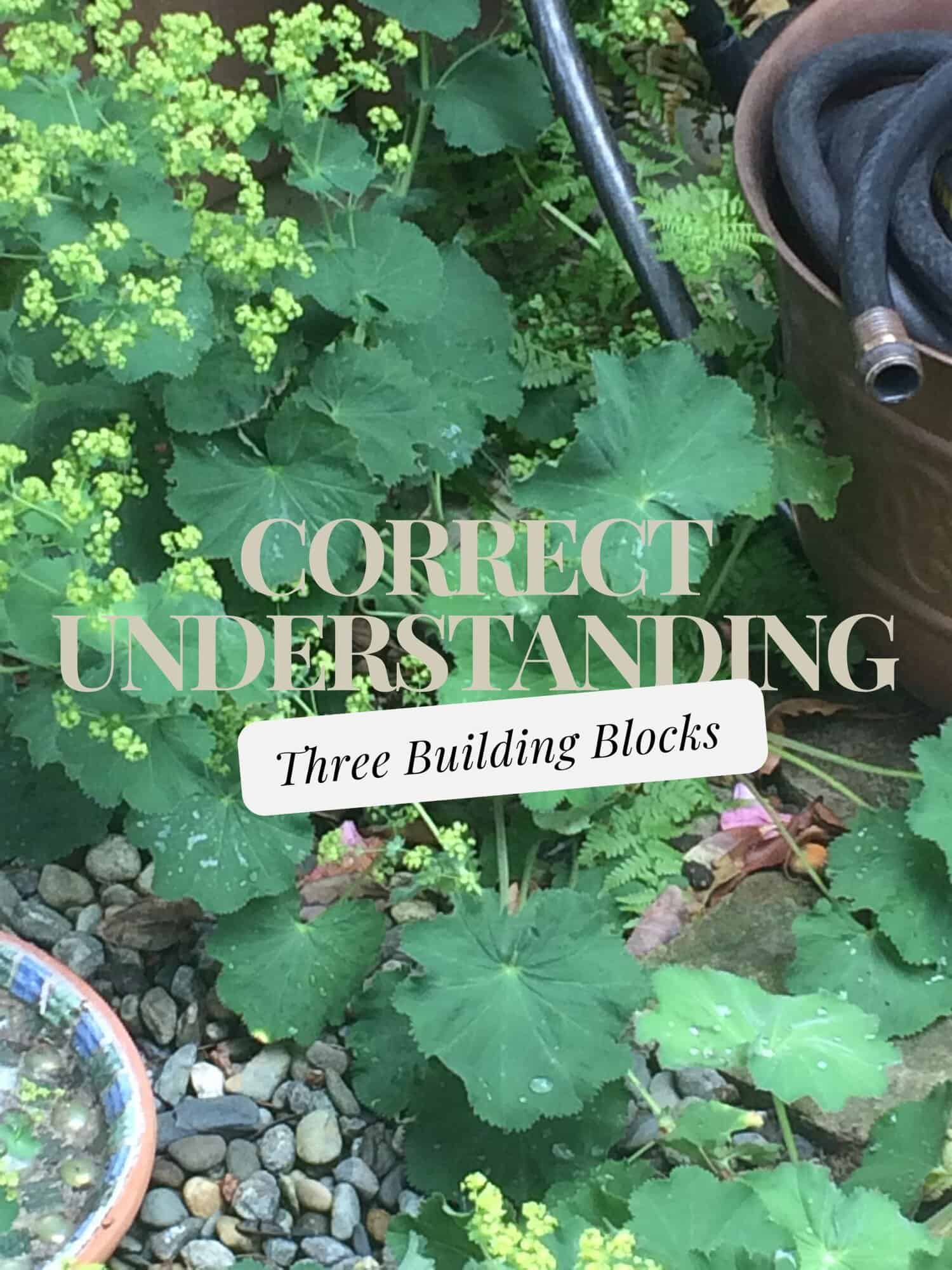Read time 2 minutes. How Duality, Ego, and Thought Shape—and Distort—Our View of Reality, formulating a correct understanding of Zen teachings.
Let’s take a moment to step back.
Sometimes the clearest insight arrives not through progress, but through pause. A brief reset. A return to the basics—because the foundation matters more than we think. Zen doesn’t move in straight lines. Sometimes, circling back is the only way forward.
We begin by mapping the terrain.
There are three pillars that most teachings on this site orbit:
1. The concept of duality
2. The inner split between the ego and the true self of Tao
3. The recognition that thoughts and emotions are not who we are
Each one stands on its own. But together, they form the lens through which we’ll view the entire journey ahead.
Duality: The hidden architecture of experience
Duality is the first split—light and dark, good and bad, self and other. It feels obvious. But that’s what makes it dangerous. Like the binary code of reality, duality hides in plain sight, forming the structure beneath experience itself.
The moment Tao becomes manifest, the One becomes Two. It’s how we gain contrast. But it’s also how we forget the One. That forgetting isn’t just philosophical—it’s experiential. It’s what gives rise to the ego.
Ego and the arising of distress
Within each of us, a secondary duality appears: the true self vs. the false self. Tao vs. ego. The problem isn’t ego’s existence—it’s that we mistake it for who we are. This identification births a silent inner ache: the distress of forgetting.
From there, the spiral continues. Thoughts and emotions arise. They’re not enemies—but like ego, they’re misidentified. They don’t belong to us. They possess us. The moment we say my anger, it tightens its grip.
These aren’t side notes. They’re the whole damn game.
Correct understanding isn’t about convincing ourselves. It’s about building the internal clarity that makes practice possible. As we continue, we’ll learn how to create space between ourselves and thought, and we will learn how to inhabit that space comfortably..
That space is the beginning of transformation.
That space is the start of remembering.
🌀 From the GZM Archives – Polished, Preserved, Still Relevant.
Explore more:
Not buying the idea that the sense of self is an an illusion? Don’t take it from me. Take it from neuroscientist Sam Harris instead.
“Similar ideas about the self can be found in Buddhism and the writings of Hume and Spinoza. The difference is that there is now good psychological and physiological evidence to support these ideas…”
Read the full article: What Is the Self Illusion? on Psychology Today.
Choose your own adventure:
- 🍉 About Us: Watermelon Soup For The Soul →
- ⚓️ Go Deeper: The Undercurrent Signup →
- 🛍️ Shop Around: Visit the GZM Store →
- 🦋 Do Nothing, See What Happens: Mini Practice→
- 🌀 Linger: Go to Homepage →
- 🔁 Follow Along:


Leave a Reply